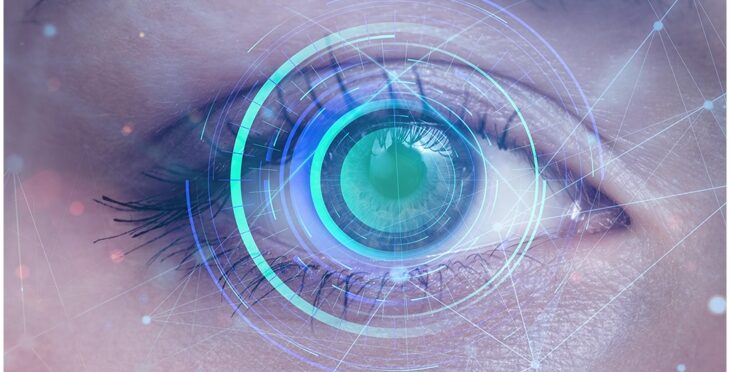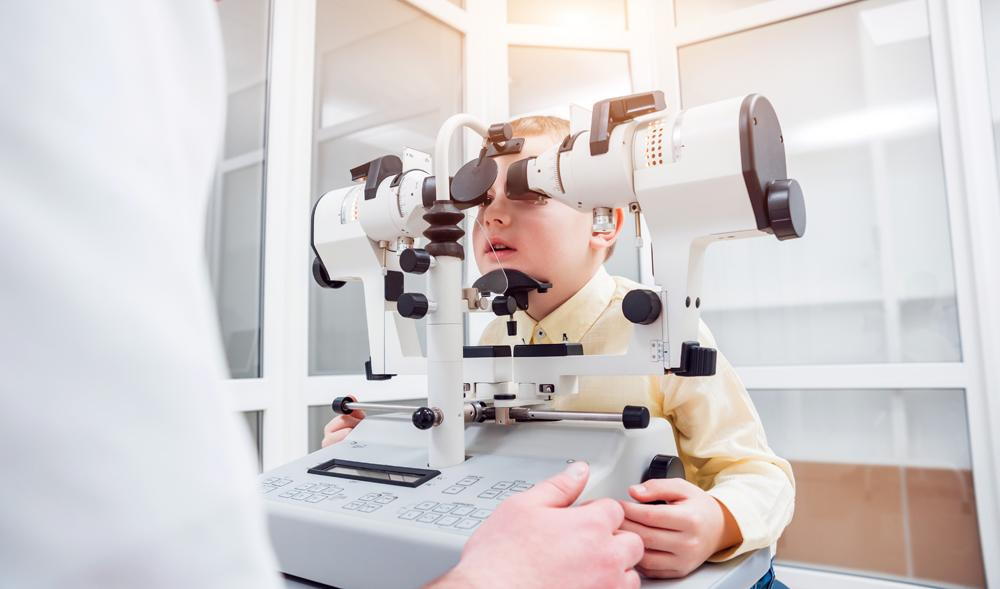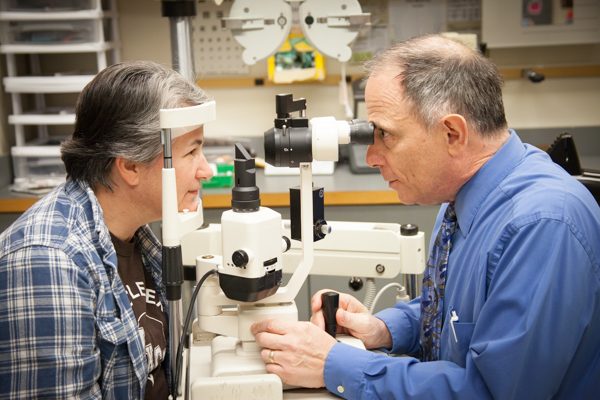Glaucoma Service Near Me - Personalized Eye Wellness Monitoring
Wiki Article
Discovering the Cutting-Edge Technologies Used for Vision Improvement
In the ever-evolving landscape of vision adjustment technologies, a realm where technology and precision merge, a myriad of cutting-edge innovations have improved the opportunities for enhancing visual acuity. From the complex world of advanced laser treatments to the world of artificial intelligence applications and genetics treatment innovations, the field continues to push borders and redefine what was once thought to be unattainable. With each advancement comes the possible to transform exactly how we view and resolve vision-related obstacles, offering a tantalizing peek into a future where clearness and precision regime supreme.Advanced Laser Treatments

One more sophisticated laser treatment getting appeal is PRK (Photorefractive Keratectomy) This method includes eliminating the external layer of the cornea before reshaping it with a laser. While the healing time for PRK is longer compared to LASIK, it can be a better option for people with slim corneas or various other corneal abnormalities. Both LASIK and PRK have high success rates in enhancing vision and are considered safe and trustworthy techniques for vision modification.

Implantable Devices Development
Advancements in implantable gadgets are improving the landscape of vision improvement, offering new possibilities for individuals seeking permanent solutions to refractive errors. These cutting-edge devices, such as phakic intraocular lenses (IOLs) and implantable collamer lenses (ICLs), are developed to fix a wide variety of refractive errors, including myopia, hyperopia, and astigmatism. Unlike traditional glasses or contact lenses, implantable tools give an even more irreversible option by being put inside the eye to fix vision.
Wavefront Technology Enhancements
The evolution of wavefront technology in vision correction has revolutionized the precision and customization of refractive treatments. By making use of innovative wavefront sensing units, this innovation enables for an in-depth analysis of the eye's distinct aberrations, enabling ophthalmologists to customize therapies with unmatched accuracy. Wavefront-guided LASIK, as an example, surpasses traditional approaches by resolving not just common refractive errors like nearsightedness, farsightedness, and astigmatism yet additionally higher-order aberrations that can affect visual quality.In addition, continuous developments in wavefront innovation have actually led to boosted analysis capabilities, allowing for a lot more exact pre-operative evaluations and post-operative assessments to keep track of the performance of the treatment. On the whole, these enhancements in wavefront technology have considerably contributed to the refinement and efficiency of vision modification treatments, offering individuals a greater degree of aesthetic skill and high quality post-treatment.
Expert System Applications
With the development of wavefront modern technology in vision improvement leading the way for customized therapies, the combination of man-made knowledge applications is now poised to further enhance precision and performance in refractive treatments. Expert system (AI) brings a new level of sophistication to the area by assessing substantial quantities of information to improve decision-making processes throughout vision improvement surgical procedures. AI formulas can aid eye doctors in pre-operative planning by predicting the optimum therapy specifications based on specific client data, such as corneal density, refractive mistake, and various other relevant variables. Throughout the procedure, AI can dynamically change treatment criteria in real-time, making best use of the precision of the adjustment. Post-operative monitoring and modification can also profit from AI applications, ensuring far better outcomes and minimized risks of issues. By leveraging AI in vision adjustment treatments, ophthalmologists can use patients customized therapies that are not only a lot more specific however additionally tailored to their special visual needs, inevitably leading to enhanced client contentment and visual results.Gene Therapy Breakthroughs
Recent advancements in gene treatment have actually introduced a new age of precision medicine, reinventing the landscape of medical treatments. In the realm of vision correction, genetics treatment developments use appealing services for various hereditary eye problems. By targeting certain genes responsible for conditions like retinitis pigmentosa, Leber genetic amaurosis, and various other hereditary retinal diseases, genetics therapy aims to resolve the origin of these conditions at a molecular degree.One significant development in gene treatment for vision modification is Luxturna, approved by the FDA in 2017. Luxturna is an introducing gene therapy treatment for individuals with acquired retinal illness caused by anomalies in the RPE65 gene. Via the shipment of a functional duplicate of the RPE65 gene right into retinal cells, Luxturna has revealed considerable improvements in vision for individuals with these genetic problems.
As research in genetics therapy remains refractive surgeries in al to advancement, the possibility for tailored therapies for a series of hereditary eye disorders expands significantly, supplying hope for boosted vision outcomes and top quality of life for affected people.
Conclusion
Finally, the area of vision adjustment is frequently developing with using cutting-edge innovations such as innovative laser procedures, implantable tools, wavefront technology, expert system, and gene therapy. retina service near me. These technologies have transformed the means vision concerns are dealt with, using even more accurate and efficient remedies for patients. As innovation proceeds to breakthrough, we can expect even a lot more innovations in the future that will certainly further enhance the high quality of vision improvement therapiesReport this wiki page